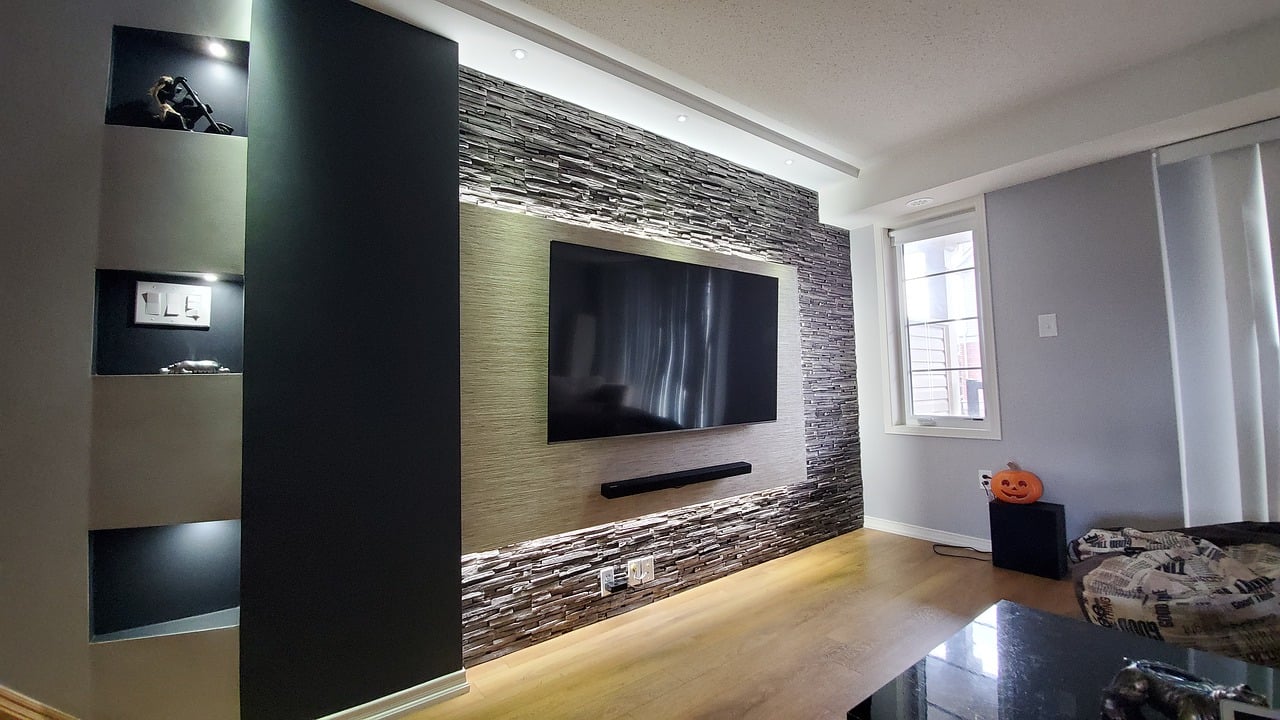When you purchase a home insurance policy, you might focus on these policies’ basic coverages, such as dwelling and personal property protection or liability coverage. But often, these standard coverages may not be enough to fully protect your home, personal belongings, and financial well-being. Home insurance riders are the answer to how you get comprehensive coverage.
What is a home insurance rider?
A home insurance rider, also known as an endorsement or a floater, is an add-on to your home insurance policy that provides additional coverage for specific items or scenarios not covered under your basic policy. Adding riders to your insurance policy allows you to customize your coverage to fit your specific needs to ensure you are adequately covered.
Purpose of home insurance riders
Home insurance riders provide additional protection for homeowners with unique needs not met by standard home insurance policies. For instance, you might have expensive personal property that exceeds the coverage limits of your basic policy, or you might live in an area prone to specific natural disasters.
Benefits and reasons to consider adding riders
The primary benefit of adding riders to your home insurance policy is increased protection. Riders allow you to tailor your policy to your unique needs, ensuring you’re not left underinsured in a loss.
Here are several reasons why you might consider adding a rider to your home insurance policy:
- You have high-value items that exceed the coverage limits of your standard policy.
- You live in an area prone to specific natural disasters not covered by your basic policy.
- You run a business from your home.
- You want to increase your liability coverage.
Common home insurance riders
While many home insurance riders are available, a few are more commonly utilized by homeowners.
Personal property rider
A personal property rider is an addition to your home insurance policy providing additional coverage for your belongings. While standard policies typically provide some level of personal property coverage, there are often limits on coverage for certain types of belongings. A personal property rider can be used to increase these coverage limits, ensuring that high-value items like electronics, artwork, or expensive furniture are fully covered.
Earthquake rider
Damage caused by earthquakes is often excluded from standard home insurance policies. If you live in an area prone to earthquakes, consider adding an earthquake rider to your policy. This rider can cover damage to your home and other structures on your property caused by an earthquake.
Flood insurance rider
Like earthquakes, floods are also typically excluded from standard homeowners insurance policies. A flood insurance rider can cover damage caused by flooding, whether from heavy rains, hurricanes, or other causes.
Jewelry and valuable items rider
Your home insurance policy likely includes coverage for personal belongings, with some sub-limits on certain high-value items, such as jewelry, watches, furs, or fine art. A jewelry and valuable items rider can provide additional coverage for these items, ensuring they are adequately compensated in case of a loss.
Home business rider
Your standard homeowners insurance policy may not cover business-related losses if you run a business out of your home. Adding a home business rider to your policy can provide additional coverage for business property, liability, and lost income due to a covered loss.
How to add home insurance riders
Once you’ve identified the riders you need, the next step is to add them to your policy.
Contacting your insurance provider
The first step in adding a rider to your policy is to contact your home insurance provider. They can discuss your coverage needs, explain the available riders, and help you understand each option’s cost and coverage implications.
Cost implications
Adding riders to your policy will typically increase your premium, so understanding the cost implications and ensuring the additional coverage fits your budget is important.
Reviewing the terms and conditions
Before adding a rider to your policy, read and understand the terms and conditions. This includes understanding the coverage limits, what is covered, and what is excluded.
Documenting the added riders in your policy
Once you’ve added a rider to your policy, ensure it is documented on your policy declaration page. Keep a copy of this document in a safe place.
Home insurance riders offer a way for homeowners to customize their policies and ensure they’re adequately covered. By understanding your unique coverage needs and considering the various rider options available, you can create a policy that protects your home, personal property, and financial well-being.




